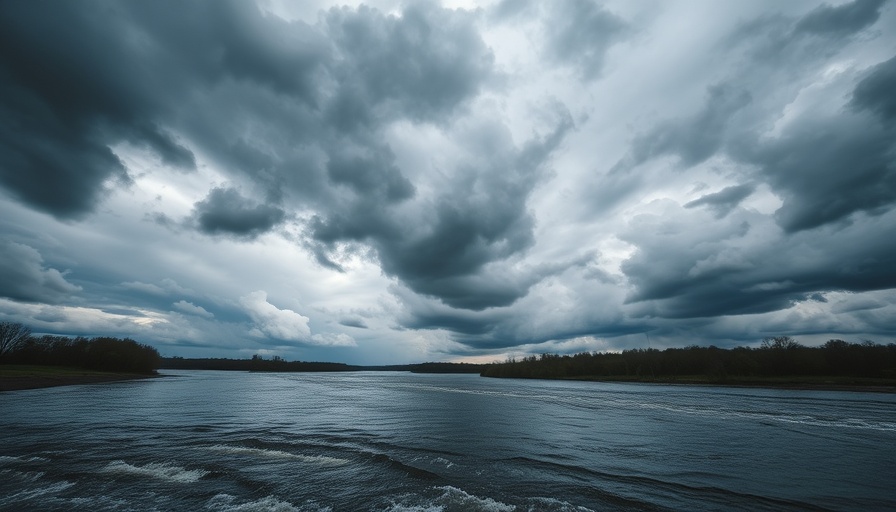
Understanding the Challenges in Flood Forecasting
The recent catastrophic flooding in Central Texas has not only affected hundreds of homes but has also illuminated significant challenges in weather forecasting. Local meteorologists and experts are calling for improvements in predictive technologies to save lives and property. According to experts, the unpredictability of Texas weather, exacerbated by climate change, poses a unique challenge that makes accurate forecasting critical.
The Role of Technology in Weather Prediction
Modern meteorology relies heavily on advanced technologies such as satellite imagery and computer models to forecast weather conditions. However, as Central Texas has witnessed, these technologies still have limitations. When heavy rainfalls occur in urban areas, the risk of flash floods increases dramatically. Experts argue that current forecasting tools often underestimate the intensity of rainfall, leading to insufficient warnings and unprepared communities.
Community Preparedness and Response
Following recent flooding incidents, local authorities stress the importance of community preparedness. Notably, they emphasize that community response plans need to be regularly updated. Residents are urged to stay informed about emergency procedures, develop personal evacuation plans, and maintain an emergency kit. Engaging with local news—like austin news—is essential for residents to keep abreast of the best practices for disaster readiness.
Past Flooding Events: Lessons Learned
Looking back at past flooding events highlights how previous misconceptions about weather forecasting contributed to disaster fallout. For example, 2015's flooding resulted in fatalities and extensive damage in the area, primarily due to the lack of timely and accurate information. Many residents reported feeling unaware of the impending dangers. Hence, it is critical to learn from these past incidents to improve communication in future emergencies.
Innovative Approaches to Flood Forecasting
Organizations focused on hydrology and meteorology are exploring innovative methodologies that blend traditional forecasting with real-time data collection. By using data from social media, weather stations, and emergency services, researchers believe that they can create a more dynamic forecasting model. This approach would allow for a better understanding of localized weather patterns, thus giving communities more reliable information.
The Future of Flood Forecasting in Texas
As climate change continues to impact weather patterns, experts predict that flooding events may not only become more frequent but also more severe. This shift pushes meteorologists and climate scientists to rethink their models. The anticipation is that advancements in technology, alongside collaborative efforts between governmental and non-governmental organizations, can drastically improve the accuracy of flood forecasts in Texas.
Taking Action: What You Can Do
In light of these challenges, individual action becomes critical. Residents are encouraged not only to seek out reliable austin local news for updates but also to engage with their local governments to advocate for better infrastructure and emergency services. By participating in community forums and planning actions, every citizen can contribute to a more resilient response to flooding events.
Understanding the complexities of flood forecasting and the collaborative efforts required is vital for anyone residing in affected areas. It illustrates the necessity for everyone—from individuals to large organizations—to work together towards bolstering community safety and preparedness.
As we move forward, let’s ensure that we remain informed and proactive, ultimately fostering a safer environment for all.
 Add Element
Add Element  Add Row
Add Row 



 Add Row
Add Row  Add
Add 


Write A Comment